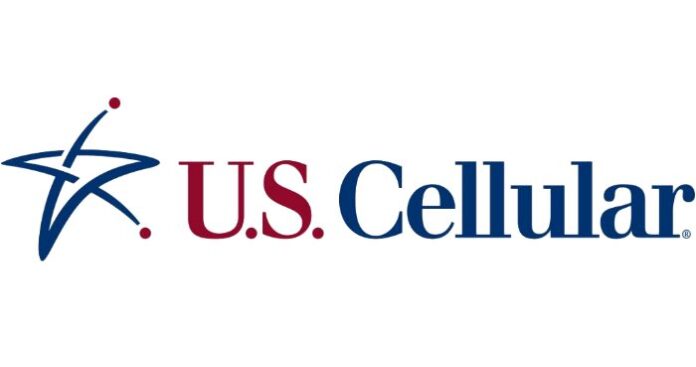The IIJA has defined wireless as part of broadband expansion efforts; but this US Cellular exec says he’d like to see more included
In late April of this year, US Cellular, in collaboration with Qualcomm and Inseego, launched its 5G mmWave high-speed internet service in parts of 10 U.S. cities. The carrier has said that the solution, called Home Internet+, delivers speeds of up to 300 Mbps, which represents an increase of 10-15 times compared to its 4G LTE home internet offering. Since April, the service has expanded into 30 cities, and according to Narothum Saxena, US Cellular’s VP of technology strategy and architecture, this means that roughly 12 million households can now access the fixed wireless access (FWA) service.
“Millimeter wave provides capacity offload, and it provides high-speed access,” Saxena shared with RCR Wireless News at Mobile World Congress Las Vegas. And in places that mmWave fails to reach, there is low-band 5G — which US Cellular has already deployed — and mid-band 5G, which can act as a “fallback mechanism,” reducing line-of-sight requirements and providing wider coverage area.
“We need all three spectrum layers; that’s how [US Cellular] think[s] of fixed wireless access,” he said, adding that rollout of its mid-band FWA services is expected to kick off next year. The carrier has spectrum in the the C-Band (3.4 GHz and 3.7 GHz) and 24 GHz band.
FWA is a good deal for operators and customers
While fixed wireless access has emerged as a primary path to 5G monetization for operators, there was an early position that it was better suited for dense, urban areas due to the line-of-sight requirements and propagation challenges associated with the frequencies. However, when US Cellular demonstrated a sustained average downlink speed of 1 Gbps and peak speeds around 2 Gbps over a distance of 7 kilometers in 2021, that idea began to change.
This past week, Saxena reiterated the viability of FWA in rural environments where residents lack reliable broadband connectivity due to either affordability or availability. “FWA plays really well into [these areas] because you can put it on one cell site and cover a large area,” he said adding that fixed wireless access can meet the broadband requirements established by the Infrastructure Investment and Jobs Act (IIJA), which sets aside $45 billion to bridge the digital divide through broadband expansion, and the Broadband Equity, Access and Deployment (BEAD) program.
Further, in a previous white paper, US Cellular suggests that fixed wireless access can be deployed at up to 40% less cost than fiber-based home internet ,while also enhancing cellular mobility, making it a more economical path to broadband expansion for the carrier.
“Fixed wireless access is cost-effective, and it has an advantage of time to market when you compare it to alternate solutions like building fiber or satellites,” Saxena confirmed. “In those terms, it’s quick [and] economical to offer to our customers.”
The paper goes on to suggest that to justify an investment into broadband expansion, US Cellular must be able to reach “several hundred homes and businesses per tower.”
“This density is rare in unserved and underserved locations, which is a key driver of the current digital divide,” the paper continues. “The cost of building and maintaining a tower in rural America can be nearly twice as expensive as building a tower in an urban area, and the density of customers in these areas is far less than in suburban and urban areas, thereby putting pressure on the revenue generation needed to drive a positive return on investment.”
In this way, US Cellular is making a case for additional FWA access funding as it sees this technology playing a critical role in closing the digital divide. “The intersection of government funding and technologies like 5G are best suited to provide broadband for the digital divide at an economical price point. [the IIJA has] defined wireless as part of that, but we would like more wireless to be included,” said Saxena.
5G monetization beyond FWA
While Saxena believes that FWA is a real example of how operators can monetize 5G, he thinks it isn’t enough, and that the industry has been slow to discover other revenue streams.
“We have to find ways to monetize 5G more as an industry because we are now starting the journey on 6G, but we have to make sure there are monetization opportunities before we jump to the next G,” he cautioned. “Every 10 years there is going to be a new G and that’s the natural progression. … I think the key thing to keep in mind, at least from an operator perspective, is how can we make it more cost efficient; how is my cost per bit going down with every G and how I can provide a better customer experience?”

